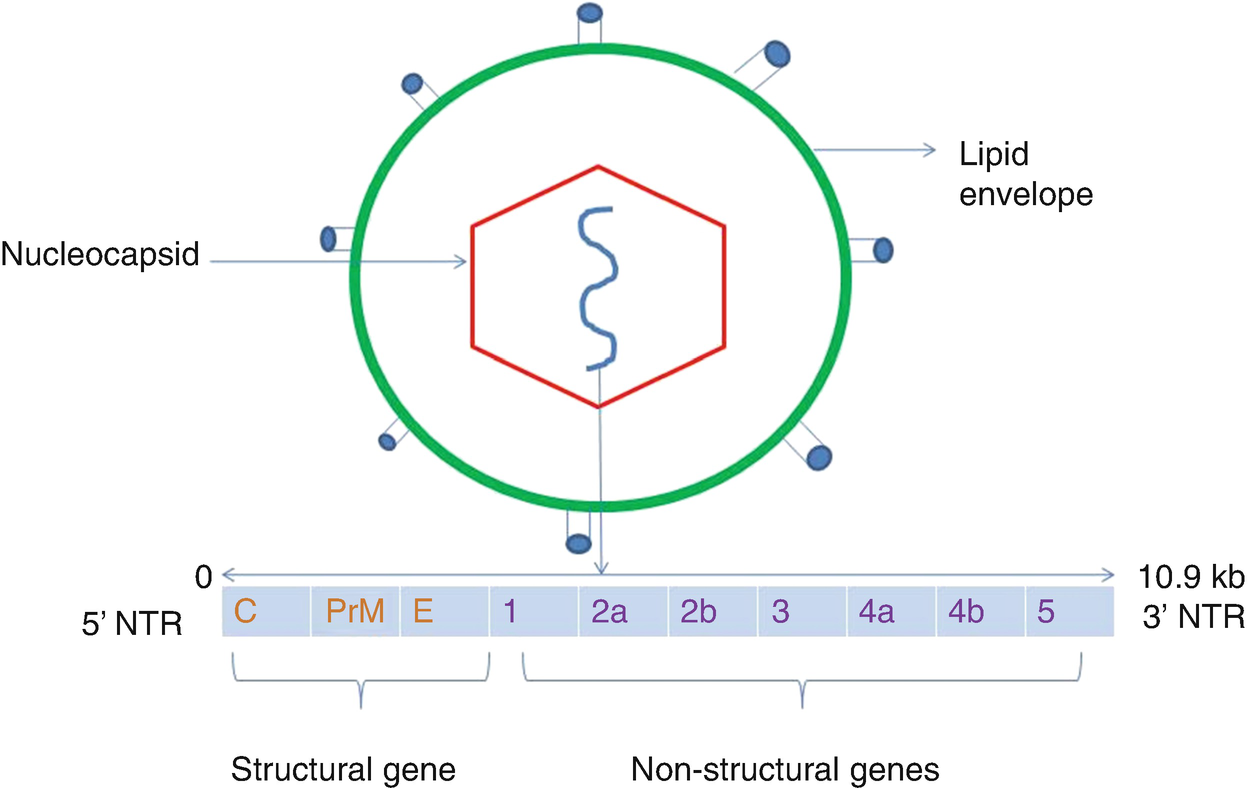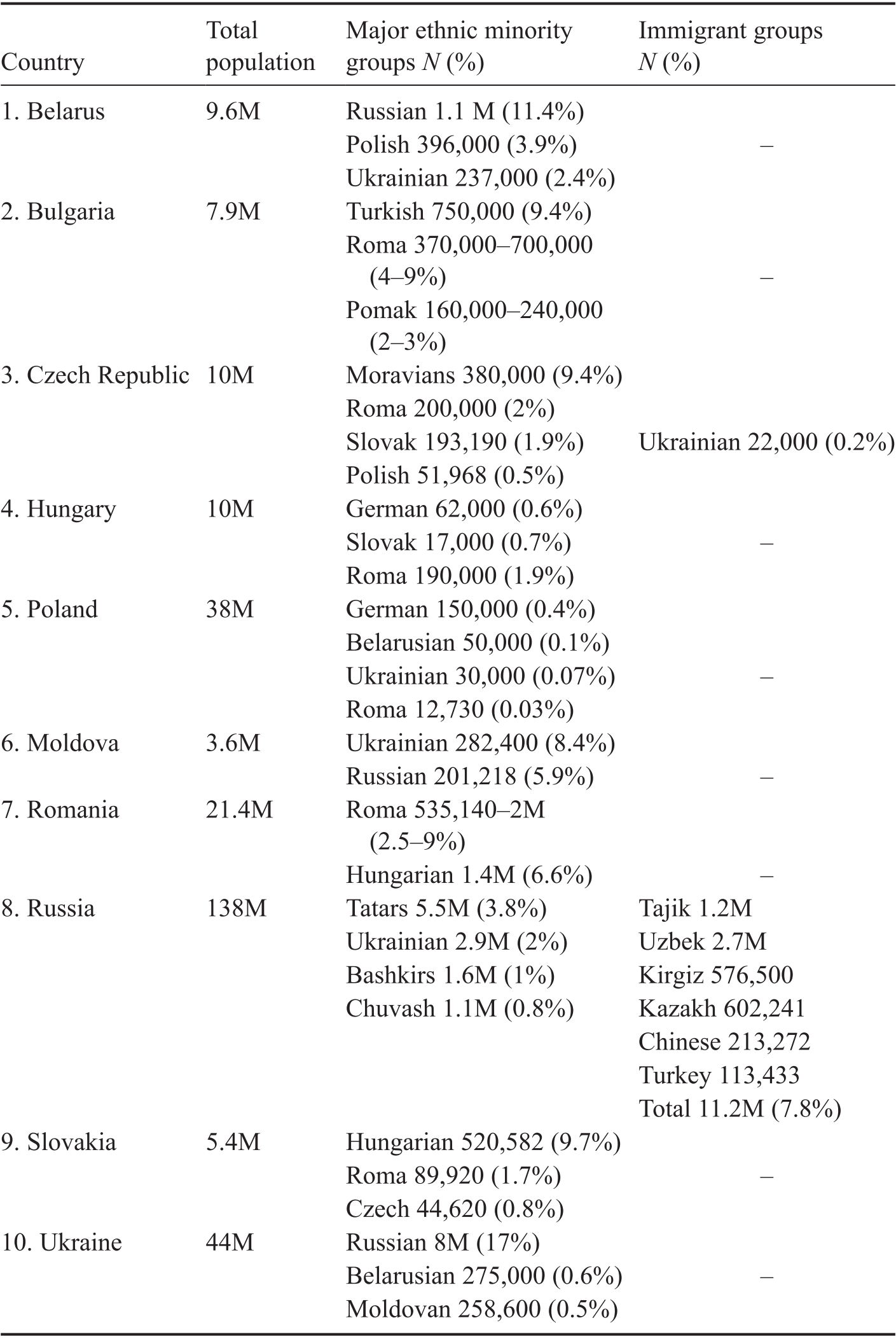From Isolation to Adaptation: Japan. In this unit we will be learning how Japan moved from a self-sufficient nation to one that, after contact with other countries, had to adapt to the changing demands of the modern world. Chapter 13 Power and Control. Unit Projects Date Unit Objectives Assessment Jan. Mar Japan: From Isolation to Adaptation. 8.1: Through an examination of Japan, students will demonstrate an understanding and appreciation of the ways in which beliefs, values and knowledge shape worldviews and contribute to a society’s isolation or adaptation. Other compliance costs associated with the final rule include costs related to atmospheric monitoring—($11.3 million to $11.4 million), training ($11.3 million), rescue capability ($7.6 million to $8.2 million), written programs, permits, and review procedures ($4.2 million), attendants ($3.6 million),—and ventilation and hazard isolation. Daily excretion of urinary 3-methyl-L-histidine increased with training (P less than 0.05) by an average 40.8%. Strength gains in older men were associated with significant muscle hypertrophy. Recombination and co-evolutionary adaptation appear as the main mechanisms of arenavirus evolution, generating a high degree of diversity. The diversity among rodent host reservoir and virus species and the potential to exchange genomic material provide a basis for the emergence of new viruses and the risk of these becoming pathogenic for humans.
From Isolation to Adaptation: Japan
General Outcome:
Through an examination of Japan, students will demonstrate an understanding and appreciation of the ways in which beliefs, values and knowledge shape worldviews and contribute to a society’s isolation or adaptation.
Values and Attitudes
Students will:

- appreciate the roles of time and geographic location in shaping a society’s worldview
- appreciate how a society’s worldview can foster the choice to remain an isolated society
- appreciate how models of governance and decision making reflect a society’s worldview
- appreciate how a society’s worldview shapes individual citizenship and identity
Knowledge and Understanding
Students will:
Analyze the effects of cultural isolation during the Edo period by exploring and reflecting upon the following questions and issues:
- In what ways did Japan isolate itself from the rest of the world?
- How did isolation during the Edo period lead to changes in Japan?
- How did the changes resulting from isolation affect Japan economically, politically and socially during the Edo period?
- How did the physical geography of Japan affect its worldview?
- How did the shogun use the feudal system and the hierarchical social classes to maintain control of Japan?
Analyze the effects that rapid adaptation had on traditionally isolated Japan during the Meiji period by exploring and reflecting upon the following questions and issues:

- What were the motivations for the radical changes in Japan’s model of organization during the Meiji period?
- How did Japan adapt to changes brought on by the transition from feudal to modern models of organization?
- How did the changes resulting from adaptation affect Japan economically, politically and socially during the Meiji period?
- In what ways did changes resulting from isolation in the Edo period compare to changes resulting from adaptation in the Meiji period?
- What challenges emerged for the Japanese in maintaining traditional cultural aspects of their society while undergoing rapid change?
Textbook
Presentations/Notes:

- Japan Under the Shogun Presentation
- Meiji Japan – Contact and Change
Classwork:

Assignments:
Video’s and Video Questions:
Study Guides:
From Isolation to Adaptation: Japan
General Outcome:
Through an examination of Japan, students will demonstrate an understanding and appreciation of the ways in which beliefs, values and knowledge shape worldviews and contribute to a society’s isolation or adaptation.
Values and Attitudes
Students will:
Unit 3: Japanfrom Isolation To Adaptation Chapter 1216 Chapter
- appreciate the roles of time and geographic location in shaping a society’s worldview
- appreciate how a society’s worldview can foster the choice to remain an isolated society
- appreciate how models of governance and decision making reflect a society’s worldview
- appreciate how a society’s worldview shapes individual citizenship and identity
Knowledge and Understanding
Students will:
Analyze the effects of cultural isolation during the Edo period by exploring and reflecting upon the following questions and issues:
- In what ways did Japan isolate itself from the rest of the world?
- How did isolation during the Edo period lead to changes in Japan?
- How did the changes resulting from isolation affect Japan economically, politically and socially during the Edo period?
- How did the physical geography of Japan affect its worldview?
- How did the shogun use the feudal system and the hierarchical social classes to maintain control of Japan?
Analyze the effects that rapid adaptation had on traditionally isolated Japan during the Meiji period by exploring and reflecting upon the following questions and issues:
- What were the motivations for the radical changes in Japan’s model of organization during the Meiji period?
- How did Japan adapt to changes brought on by the transition from feudal to modern models of organization?
- How did the changes resulting from adaptation affect Japan economically, politically and socially during the Meiji period?
- In what ways did changes resulting from isolation in the Edo period compare to changes resulting from adaptation in the Meiji period?
- What challenges emerged for the Japanese in maintaining traditional cultural aspects of their society while undergoing rapid change?
Unit 3: Japanfrom Isolation To Adaptation Chapter 1216 Answers

Textbook
Presentations/Notes:
- Japan Under the Shogun Presentation
- Meiji Japan – Contact and Change
Classwork:
Assignments:
Video’s and Video Questions:
Study Guides:
